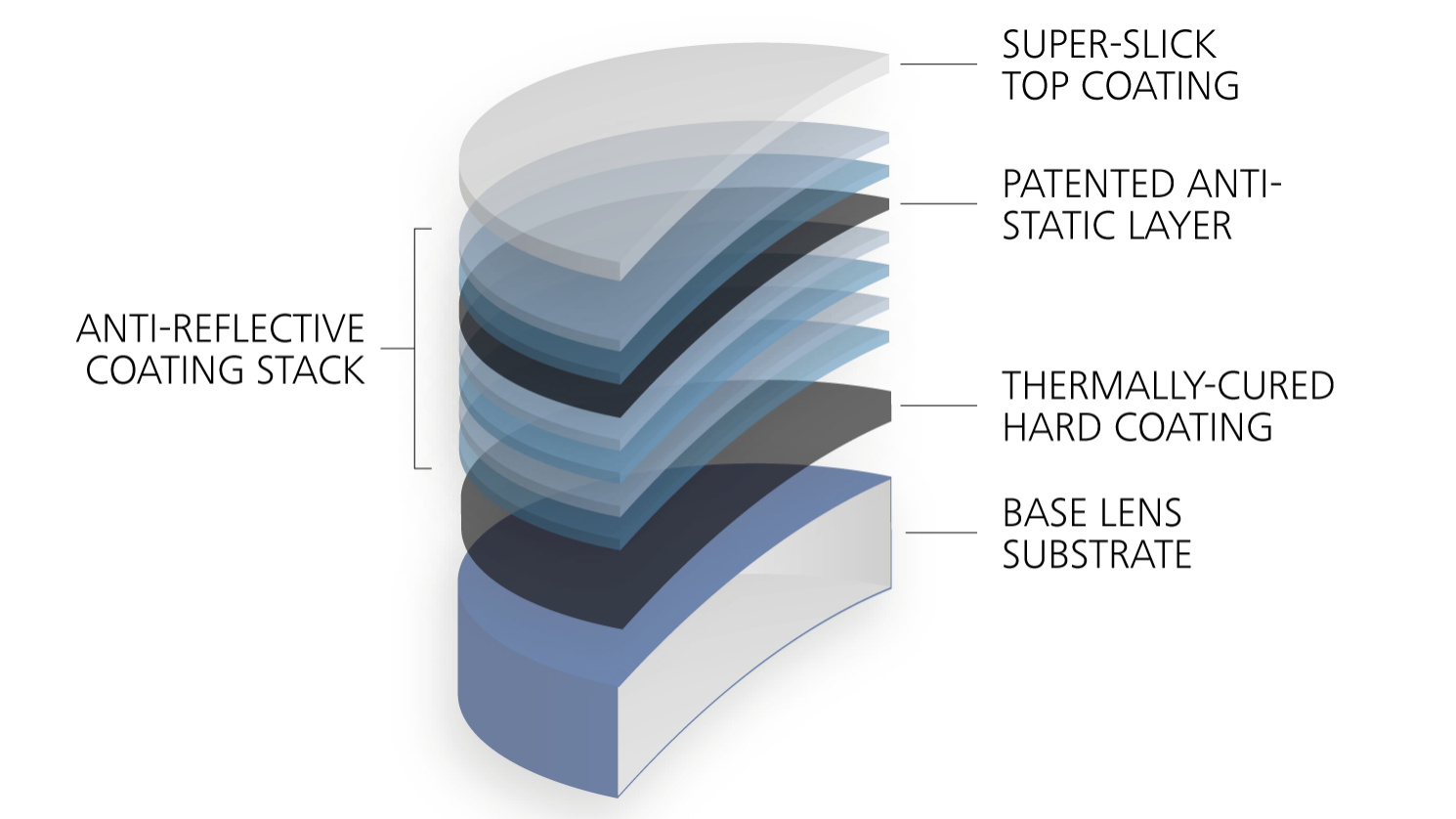
Source: ZEISS Group
Understanding Antireflection Coatings in Solar Cells
When it comes to enhancing the efficiency of solar cells, antireflection coatings play a crucial role. These coatings help to minimize the amount of light that is reflected away from the surface of the solar cell, allowing more light to be absorbed and converted into electricity.
Silicon Nitride Antireflection Coatings
One common material used for antireflection coatings in solar cells is silicon nitride. This material is typically deposited using a chemical vapor deposition (CVD) process. In this process, precursor gases such as silane (SiH4) and ammonia (NH3) are introduced into a chamber where they break down either through temperature (LPCVD) or plasma enhancement (PECVD). Some systems also utilize microwaves to facilitate the reaction between silane and ammonia.
The reaction involved in the deposition of silicon nitride is:
3SiH4 + 4NH3 → Si3N4 + 12H2
However, in practice, a non-stoichiometric film is often produced, incorporating significant amounts of hydrogen (SixNy:H).
Titanium Dioxide as an Alternative
While silicon nitride is a popular choice for antireflection coatings, older solar cell designs have utilized titanium dioxide (TiO2). Titanium dioxide also provides good antireflection properties and is easier to apply than silicon nitride. However, it does not offer the same level of surface or bulk passivation as silicon nitride.
Choosing the right antireflection coating is essential for optimizing the performance of solar cells and maximizing their energy conversion efficiency. Each material has its advantages and limitations, and the selection depends on factors such as cost, efficiency goals, and manufacturing processes.

Source: Torr Scientific
Feel free to comment your thoughts.
